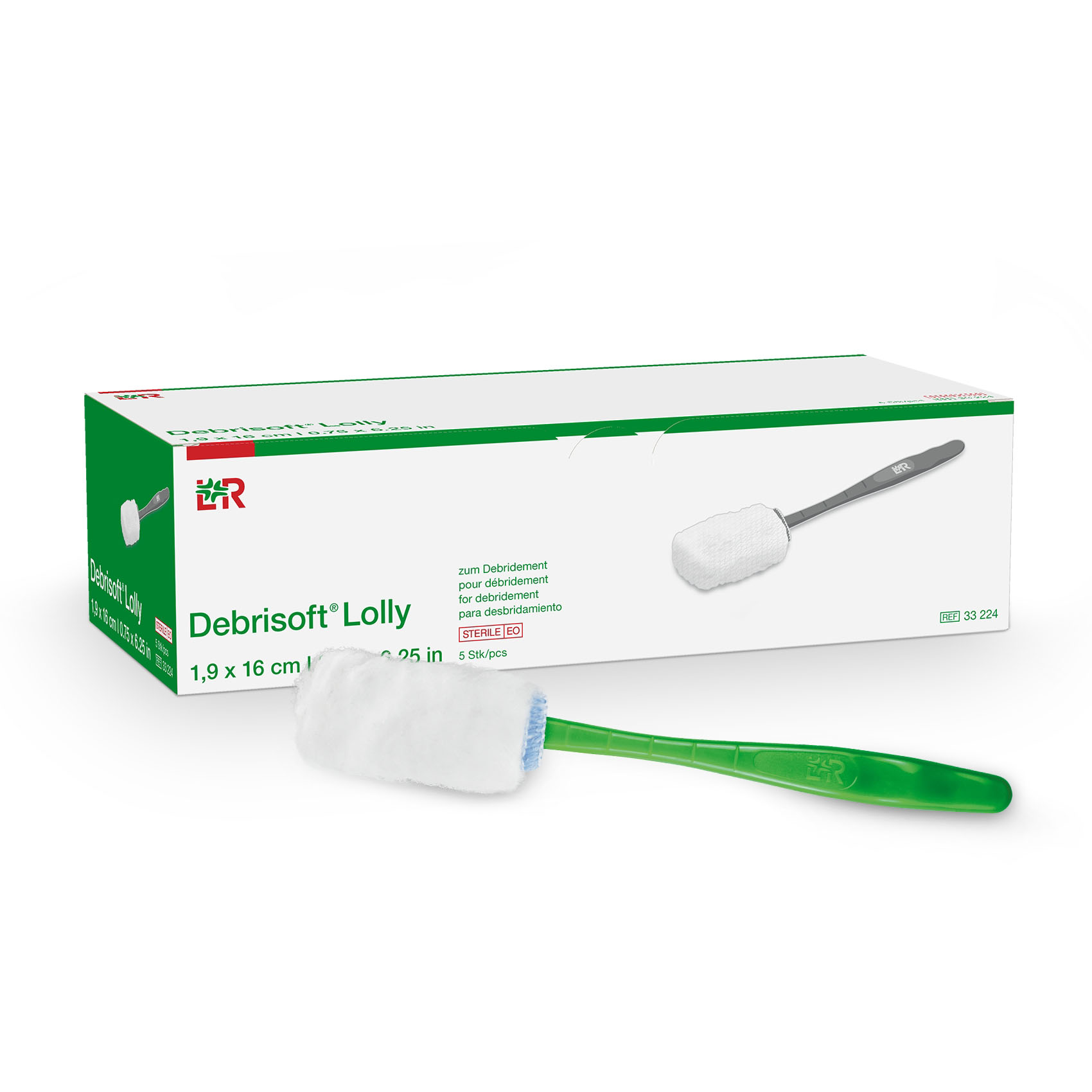Debrisoft Lolly Debridement Sponge
Debrisoft Lolly Debridement Sponge Images
**The images used on the website are for reference only and do not reflect the actual configuration of the product. Learn more..
Debrisoft Lolly Debridement Sponge
Product Configuration Options
Select Variant
Debrisoft Lolly Debridement Sponge
Price information$15.90$16.7
Product Options
Product Configuration Options
Starts From
Current Price: $15.90
Original Price: $16.70
Savings: $0.80 OFF
Quantity
Auto Reorder Information
Save Dollars with Auto-Reorder!
Save Dollars with Auto Reorder! Get 5% OFF
Auto Reorder Information
Save Dollars with Auto-Reorder!
Save Dollars with Auto Reorder! Get 5% OFF
Resources
Looking for more information?
Opens a form to submit your question to the community



